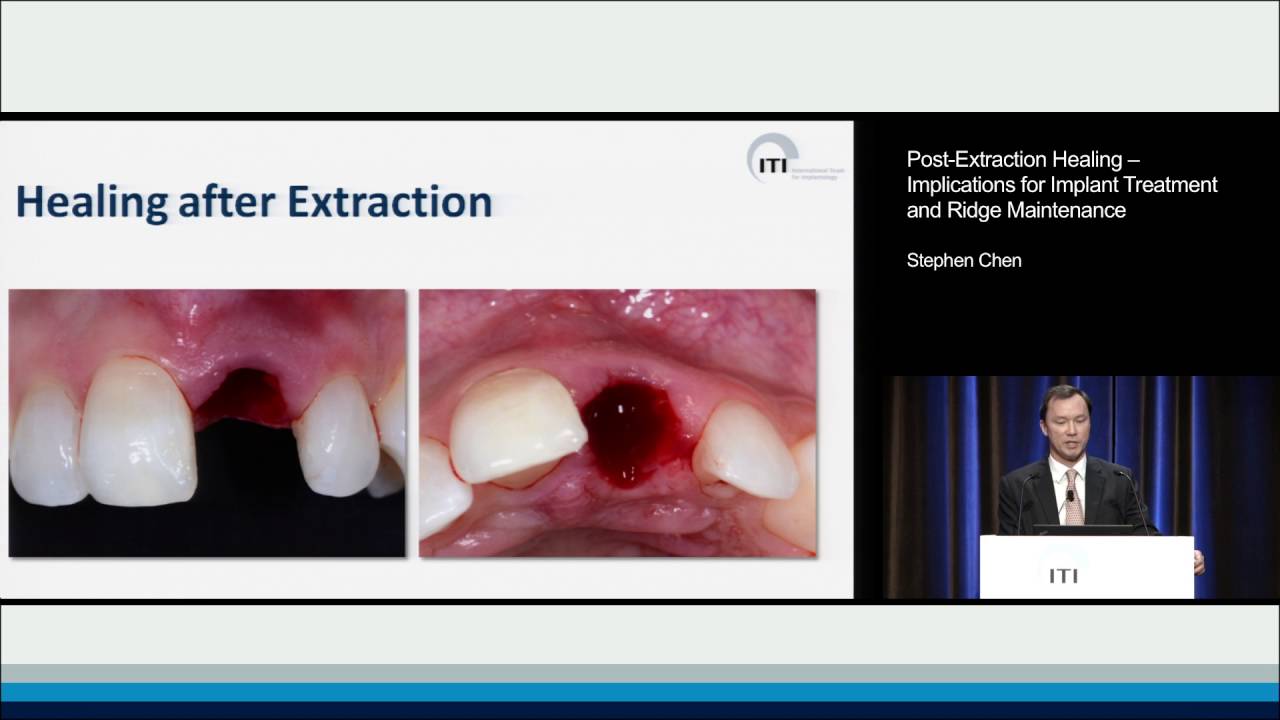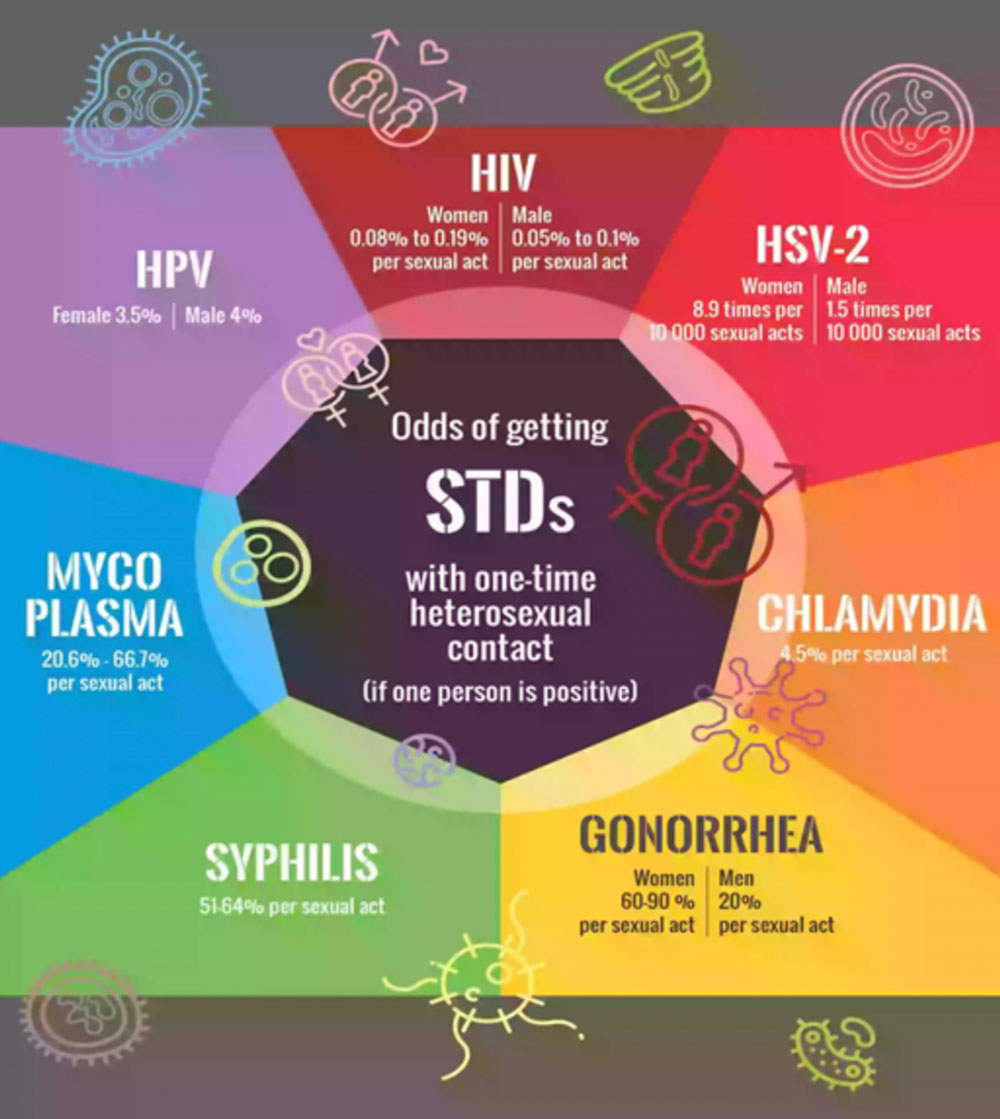Does Getting Filling Hurt

The prospect of getting a filling can be daunting, especially for those who have had negative experiences with dental procedures in the past. The fear of pain is a common concern, and it’s natural to wonder, “Does getting a filling hurt?” The answer to this question is not a simple yes or no, as it depends on various factors, including the type of filling, the location of the tooth, and the individual’s pain tolerance.
To understand the potential for discomfort, it’s essential to know what happens during a filling procedure. The process typically begins with the dentist administering a local anesthetic to numb the area around the tooth. This anesthetic, usually lidocaine or novocaine, works by blocking the nerve signals that transmit pain. Once the anesthetic takes effect, the dentist will remove the decayed portion of the tooth using a drill. The area is then cleaned and prepared for the filling material, which can be made of amalgam, composite resin, or gold.
The actual placement of the filling is generally not painful, as the area is numb. However, some patients may experience a pinching or stinging sensation when the anesthetic is injected, which can be uncomfortable but is usually brief. After the procedure, when the anesthetic wears off, some patients might feel sensitivity or soreness in the tooth and surrounding gums. This discomfort is usually mild and temporary, lasting a few hours to a few days.
Several factors can influence the level of discomfort or pain experienced during and after a filling procedure:
Type of Filling: The choice of filling material can impact the level of discomfort. For example, composite resin fillings, which are matched to the color of the tooth, may require more preparation and could potentially cause more sensitivity than amalgam fillings.
Location of the Tooth: Fillings in teeth that are more visible or in areas that are sensitive, such as near the nerve, might cause more discomfort or anxiety.
Extent of Decay: The amount of decay that needs to be removed can affect the procedure’s complexity and the potential for discomfort. Larger fillings might require more extensive drilling, which could increase sensitivity.
Individual Pain Tolerance: People have different thresholds for pain, which can significantly influence their experience. What one person finds mildly uncomfortable, another might find quite painful.
Dental Anxiety: Fear or anxiety about dental procedures can exacerbate the perceived level of pain. Techniques such as deep breathing, relaxation, or even sedation dentistry can help manage anxiety and make the experience more comfortable.
To minimize discomfort during a filling procedure, patients can take several steps:
- Discuss Concerns with the Dentist: Informing the dentist about any fears or previous bad experiences can help them tailor their approach to make the patient more comfortable.
- Use of Topical Anesthetics: Applying a topical anesthetic gel to the area before injecting the local anesthetic can reduce the sting of the injection.
- Relaxation Techniques: Practicing relaxation methods, such as deep breathing, can help reduce overall anxiety and make the procedure seem less daunting.
- Regular Dental Visits: Catching cavities early can result in simpler fillings, which may be less uncomfortable than larger fillings that require more extensive work.
In conclusion, while getting a filling might involve some level of discomfort, especially during the administration of the anesthetic, the actual procedure is generally painless due to the numbing effect of the anesthetic. Any post-procedure sensitivity is usually mild and temporary. By understanding the factors that can influence discomfort and taking proactive steps to manage anxiety and communicate with the dentist, patients can make their filling experience as comfortable as possible.
FAQ Section
How long does it take for the numbness to wear off after a filling?
+The numbness from the local anesthetic typically wears off within 1 to 3 hours after the procedure, depending on the individual and the type of anesthetic used.
Can I eat after getting a filling?
+It’s usually recommended to wait until the numbness has worn off before eating to avoid biting your cheek or tongue. Additionally, for the first few hours, it’s best to stick to soft foods to minimize discomfort and prevent damage to the filling.
How can I manage tooth sensitivity after a filling?
+Using a toothpaste designed for sensitive teeth, avoiding extreme temperatures, and maintaining good oral hygiene can help manage sensitivity. If sensitivity persists or is severe, consult with your dentist for further advice or treatment.


